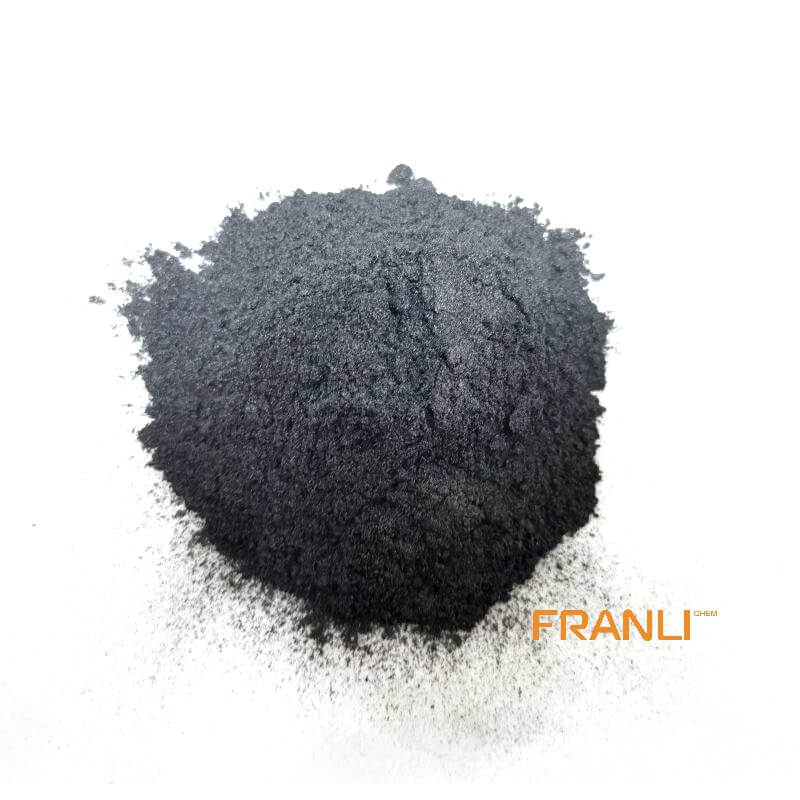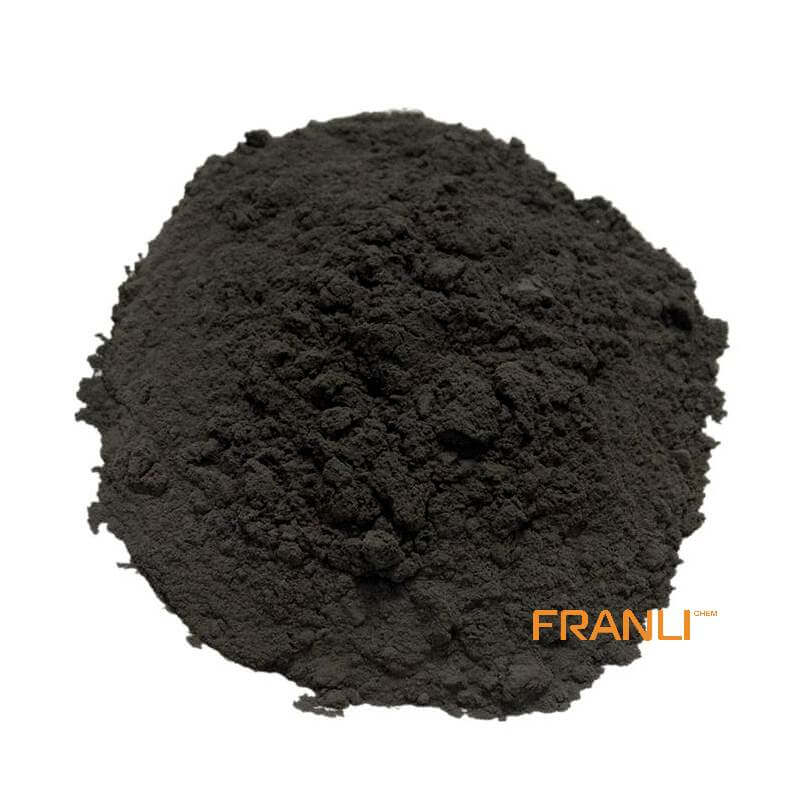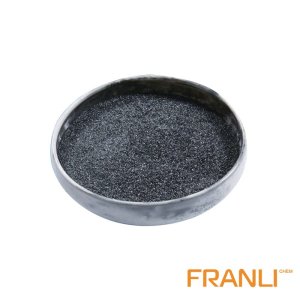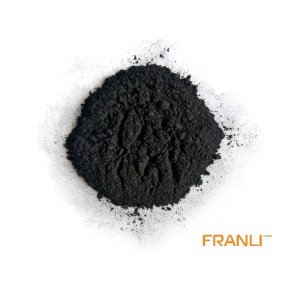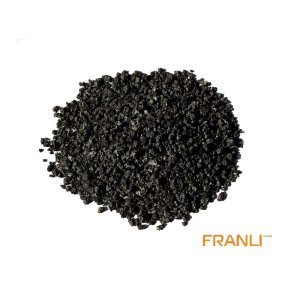There are three most common uses of amorphous graphite: one is to mix a certain amount of Earth (the main component of silica) and press it into a pencil lead; Second, as a lubricant for some mechanical devices or industrial production; Third, as the electrode of point solution, electroplating or battery; In addition, it is also the raw material for artificial production of various other allotropic bodies (such as diamond and carbon nanotubes).
Definition of amorphous graphite
Amorphous graphite is divided into iron requirements and iron-free requirements. It is divided into more than 60 grades according to the fixed carbon content and maximum particle size of the product. The appearance requirements of various grades of graphite products are that the products shall not have wood chips, iron chips, stone particles, and other sundries visible to the naked eye, and the products shall not be contaminated by other substances.
Amorphous graphite with an acid-soluble iron content of no more than 1% is mainly used for the ingredients of pencils, batteries, welding rods, graphite emulsions, graphite bearings, and raw materials of battery carbon rods; amorphous graphite without iron requirements is mainly used as raw materials such as casting materials, refractories, dyes, and electrode pastes.
Natural amorphous graphite is usually transformed from coal in the geological environment of high temperature and high pressure. Therefore, natural amorphous graphite is usually associated with coal. The transition area from anthracite to natural amorphous graphite can often be seen in the natural amorphous graphite ore body. The mineral composition is mainly graphite, accompanied by andalusite, hydromica, sericite, and a small amount of pyrite, tourmaline, limonite, calcite, etc.
The grades of aphanitic graphite ores vary widely. The average content of fixed carbon in ores of each deposit is 12.17% ~ 85.39%, with an average of about 70.8%. There are 5 deposits with rich average grade (ore fixed carbon content is 71% ~ 86%), including 1 large mine, 2 medium mines, and 2 small mines. The total retained reserves account for 76% of the total retained ore reserves of aphanitic graphite, which are mainly distributed in deposits in Hunan and Guangdong. There are 3 deposits with medium average grade (ore fixed carbon content is 60% ~ 70%), including 1 medium-sized mine and 2 small mines, accounting for 13% of the total retained ore reserves of aphanitic graphite. There are 5 deposits with low average grade and poor (the fixed carbon content of the ore is 12% ~ 56%), including 2 medium-sized mines and 3 small mines. The total retained reserves account for 11% of the total retained ore reserves of aphanitic graphite, which are distributed in deposits in Guangdong, Shaanxi, Jilin, Beijing, and other places. The content of sulfur in aphanitic graphite ore is generally low, mostly 0.26% ~ 1.16%.
Amorphous graphite is the most abundant one in graphite, with small scale and low crystallinity. It is used to produce low-value products and is the lowest one in graphite; It is mainly contained in Turkey, China, Europe, Mexico, and the United States.
